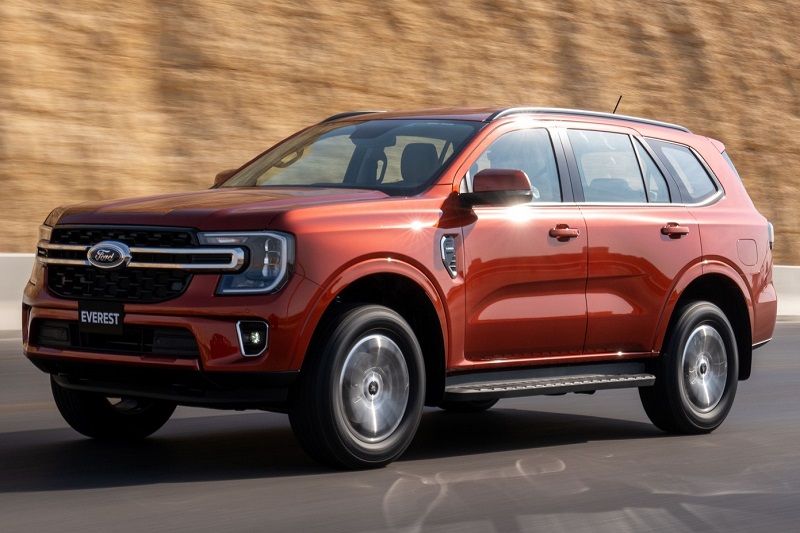Dubai, United Arab Emirates, January 25, 2024 – Picture this: you’re cruising down the road, a companion rolls down a window for a bit of breeze, and suddenly your car turns into a concert of ear-thumping bass. This auditory annoyance, better known as window buffeting or the ‘ear-throb symphony,’ is a common experience, but what’s behind this mysterious phenomenon?
The culprit, it turns out, is something called Helmholtz resonance, a term less familiar than the often-heard plea of “close that window, my ears can’t take it!” This occurs when a lone window is down, creating a sound and sensation akin to a relentless drumbeat on your eardrums.

Neil Lewington, PhD, a technical specialist and aerodynamics supervisor at Ford Australia, likens a vehicle to a giant bottle. Just as blowing across a bottle’s top produces a hum, an open window in a moving car can do the same. The size of the ‘bottle’ (in this case, the car) affects the pitch of the sound, leading to a low, almost palpable tone around 20Hz – right at the boundary of what we hear and feel.
“This sonic assault is all about air compression,” explains Lewington. “Air rushes past the open window, creating vortexes that compress and decompress the air inside the vehicle, much like someone rhythmically beating a drum next to your ears.”
To combat this, Ford has put significant effort into the design of the side mirrors on models like the Ranger and Everest. Mark Thompson, PhD, a Noise, Vibration, and Harshness engineer, highlights the extensive testing and design adjustments made to reduce window throb, particularly when only the front window is open. The team worked tirelessly in wind tunnels, tweaking the mirror cap and sail to control noise levels without introducing new sounds when the window is closed.
The issue extends to sunroofs too. Ford has engineered a mesh deflector that pops up when the sunroof opens, fine-tuning its height and position to minimize throb while keeping wind noise in check.
Why are modern cars more prone to this effect? Dr. Thompson points out that better sealing and aerodynamics, while great for fuel efficiency and noise reduction, actually exacerbate the window throb.
The good news? There’s a simple fix. Lowering a second window provides an escape route for the air pressure, mitigating the throb. The speed of your vehicle also plays a role in the intensity of the noise, so keeping windows closed or multiple windows open at higher speeds is advisable.
In conclusion, Lewington offers a straightforward tip for a throb-free ride: “Keep it breezy with two windows down, or embrace the calm of your air-conditioned cocoon. Either way, say goodbye to the days of the dreaded window throb.”







